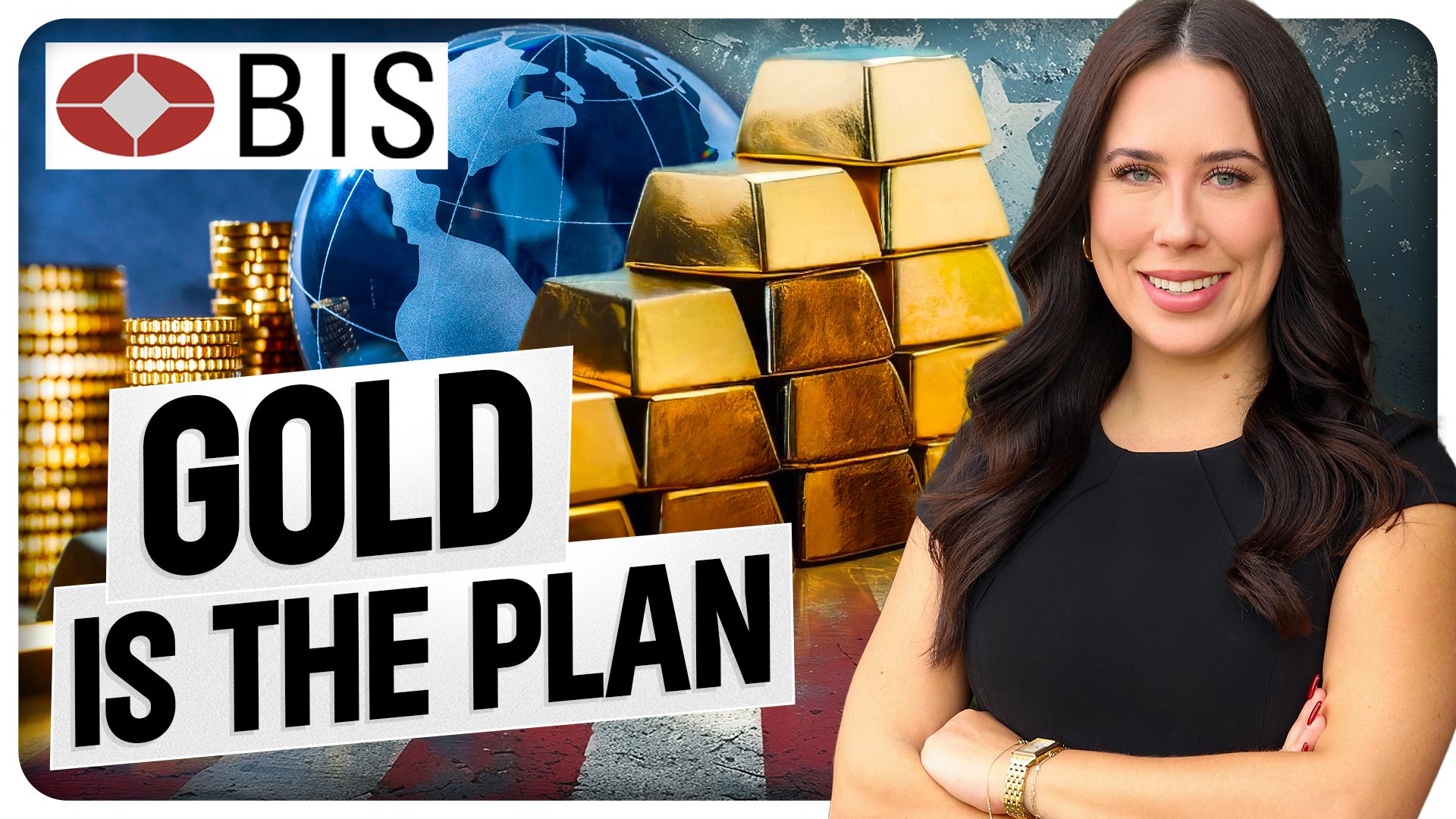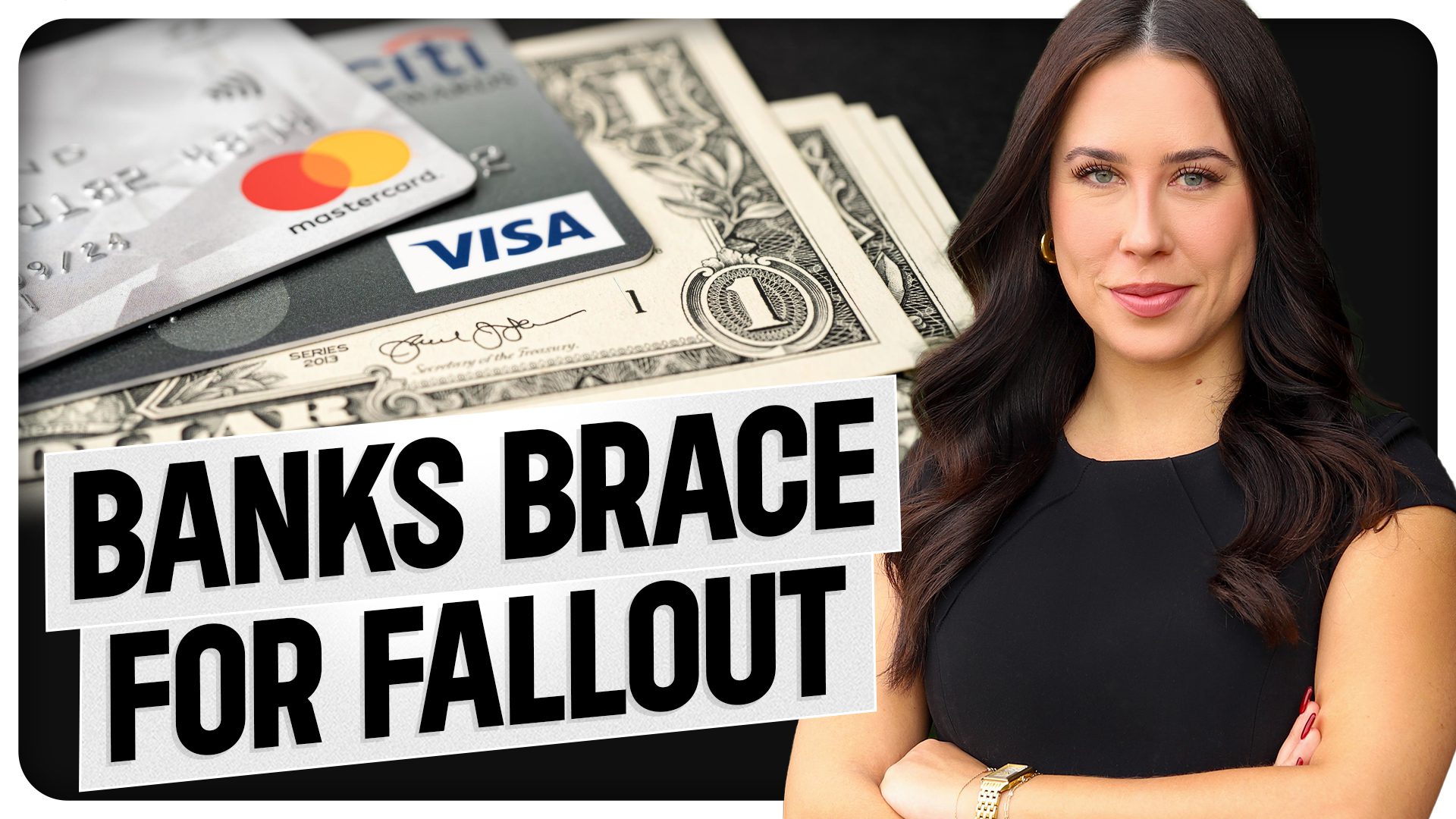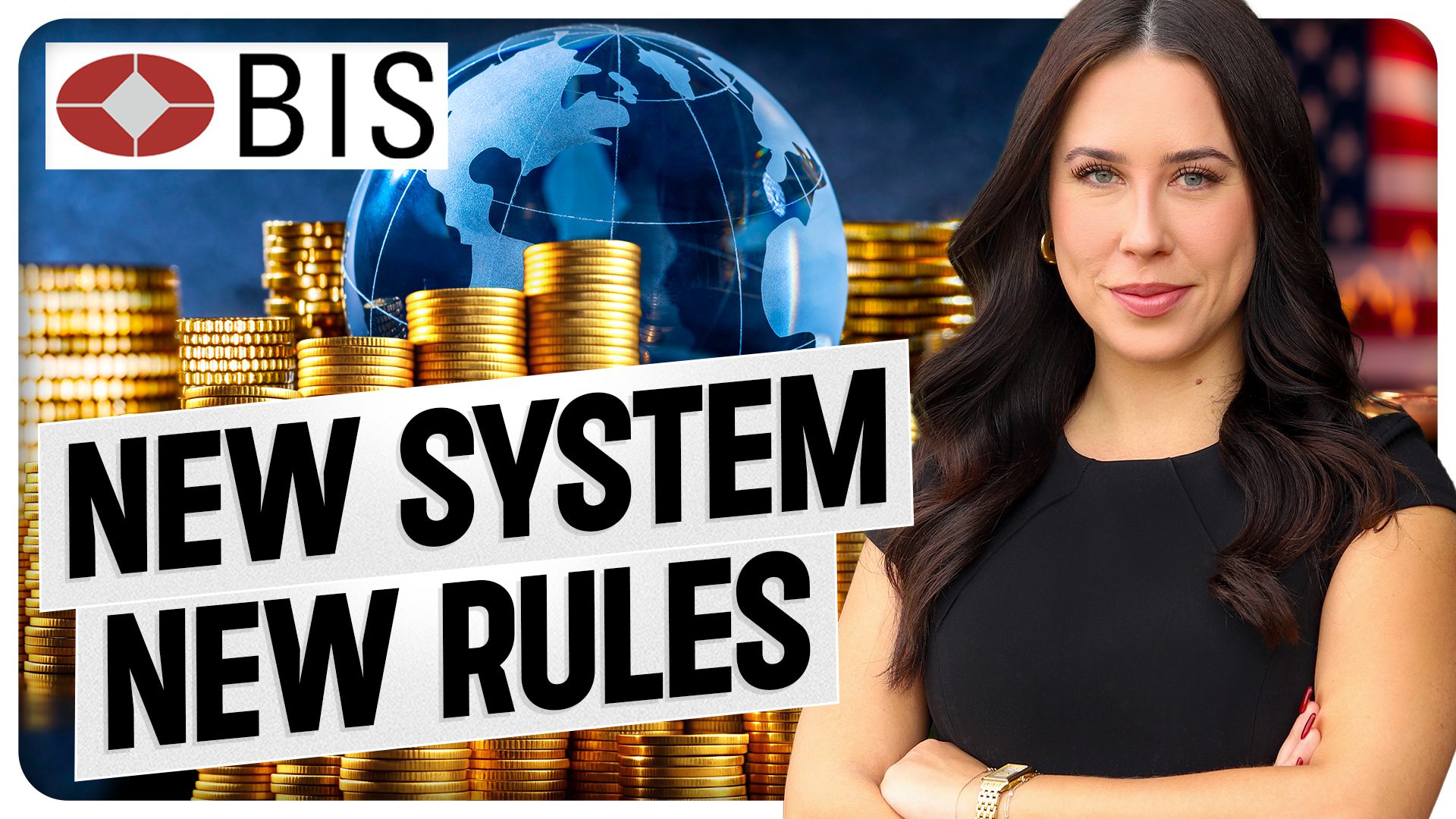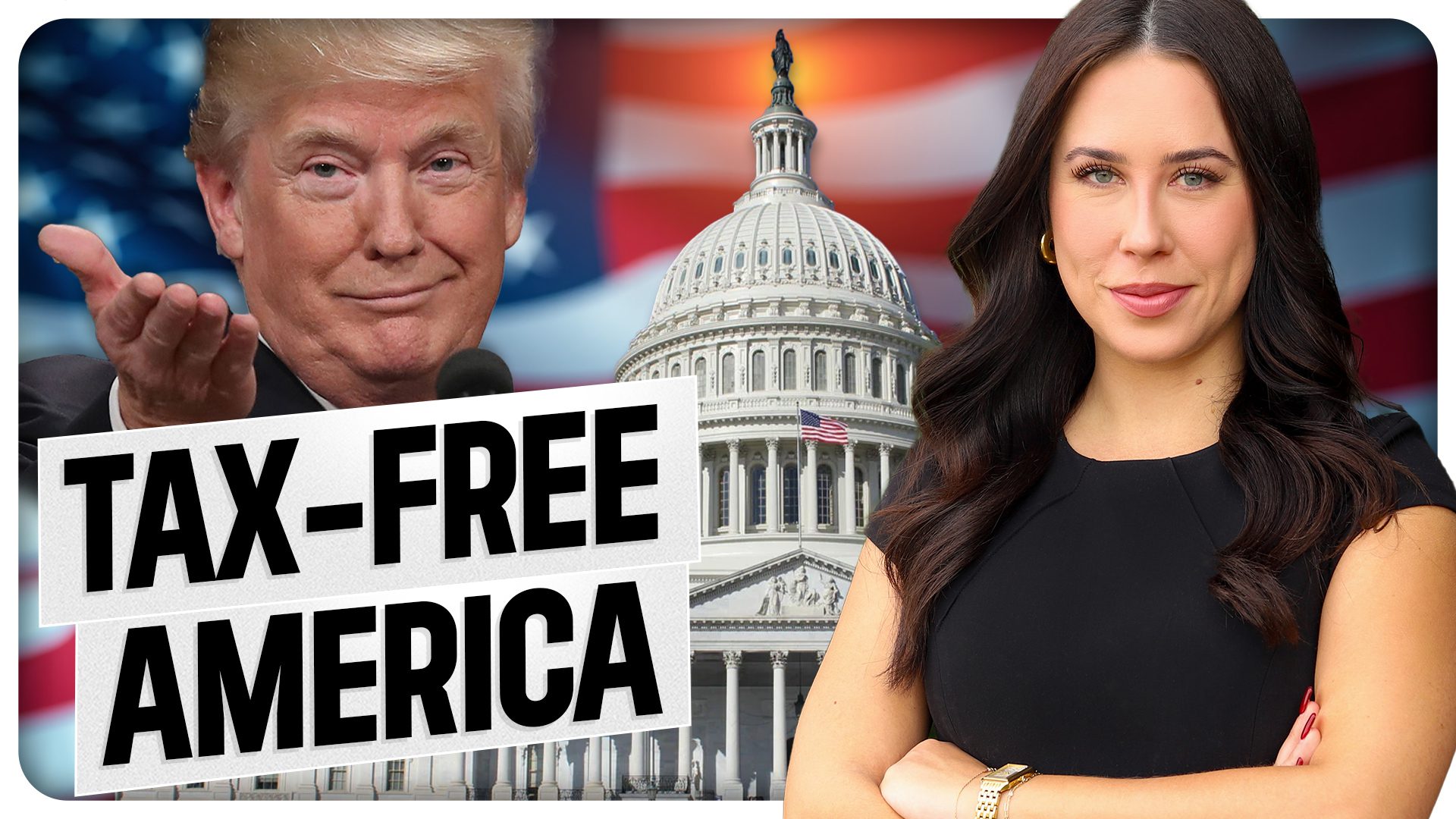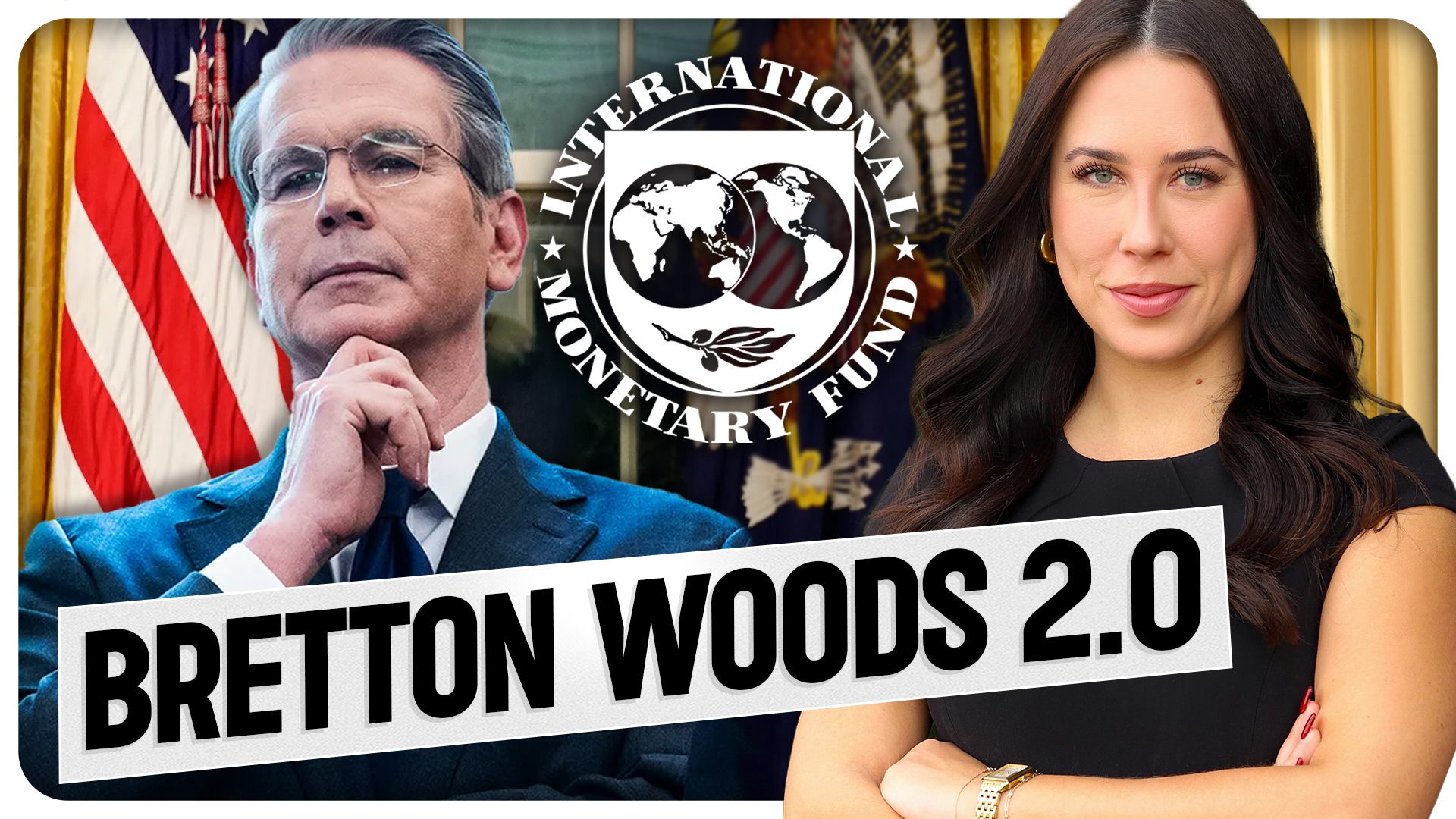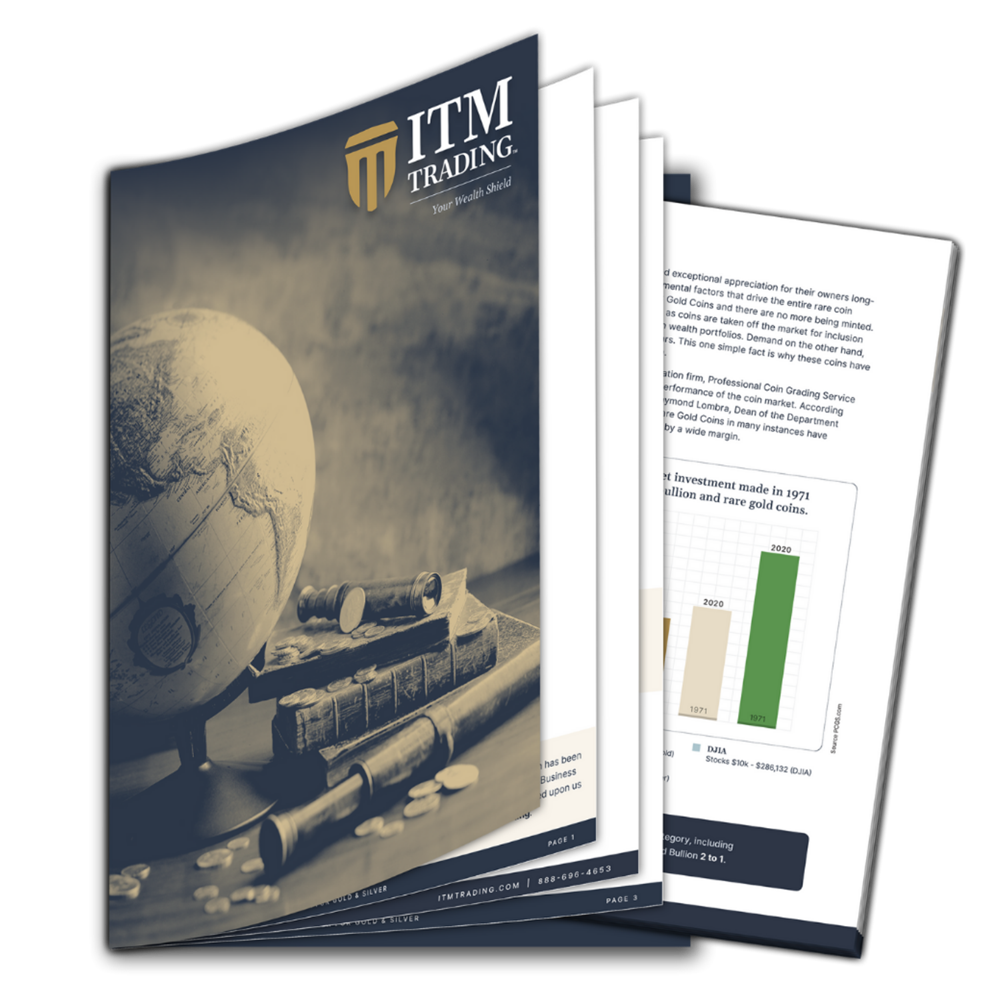Moody’s Strips U.S. of Final AAA Rating as Global Dollar Exit Accelerates
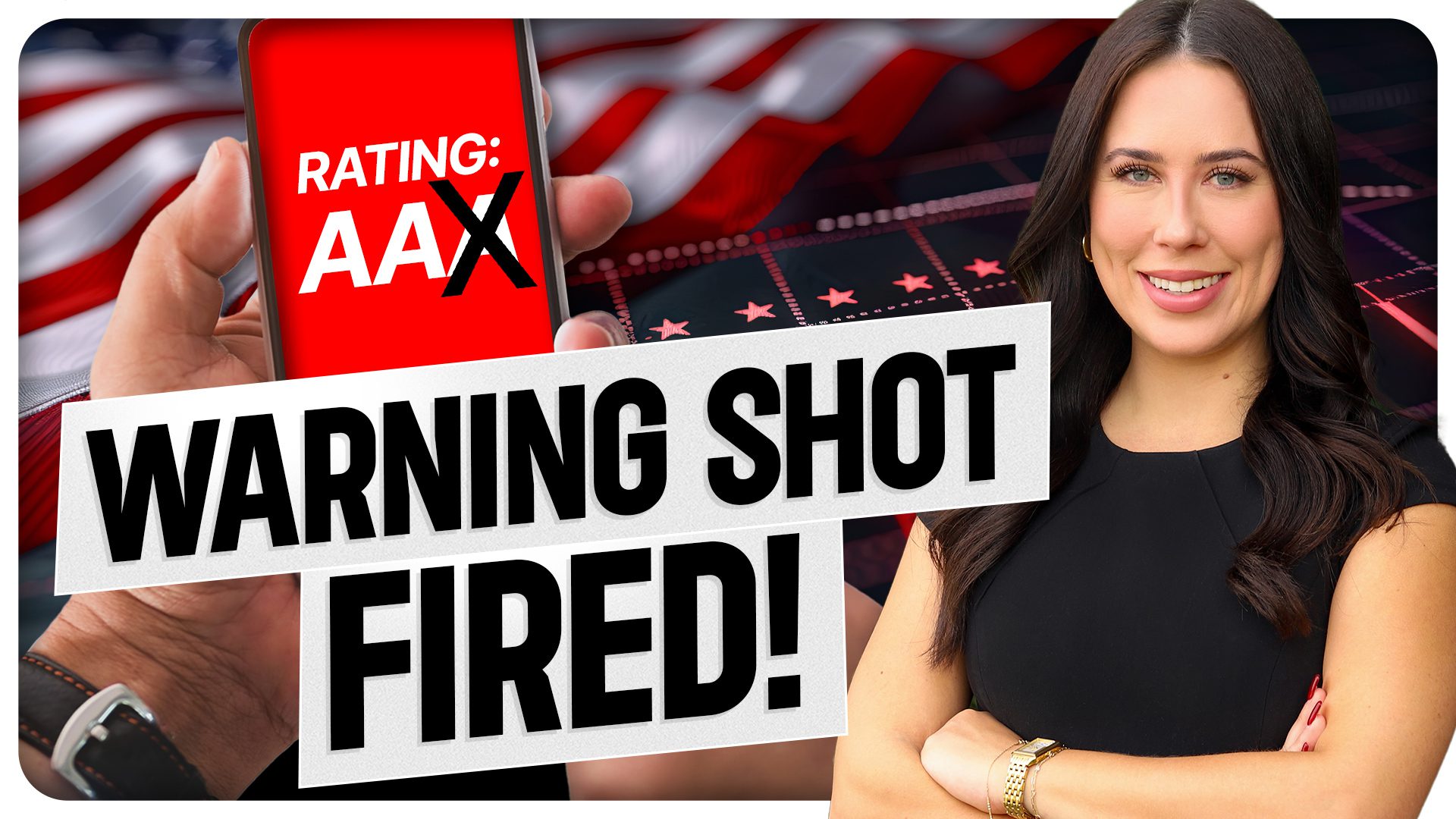
What Moody’s AAA Rating Downgrade Means for the U.S. Economy and Your Wealth
The 30-year Treasury yield recently surged past 5%, nearing its highest level since 2007. To the average observer, this might seem like just another economic data point. But for seasoned analysts and those paying close attention, it’s a glaring signal of systemic instability and waning confidence in the U.S. economy. At the heart of this development lies a deeper issue: Moody’s, one of the “Big Three” credit rating agencies, has downgraded the United States’ final AAA rating. This is more than a symbolic blow; it is a wake-up call with profound implications.
Understanding the AAA Rating and Its Importance
The AAA rating is the highest possible credit rating, indicating an extremely low risk of default. For over a century, the U.S. government held this top-tier rating—even through recessions, world wars, and political upheavals. Moody’s maintained this rating since 1919. For them to finally revoke it now signals that the current risks are perceived as greater than ever before.
So, what changed? Why now? According to Moody’s, the downgrade stems from two critical issues: America’s staggering $37 trillion debt load and rising political dysfunction, with no credible long-term plan in place to address either. While this may not come as a surprise to long-time observers of U.S. fiscal policy, it’s confirmation that the global financial system no longer views U.S. debt as risk-free.
Treasury Yields and What They Mean for You
U.S. Treasury bonds have long been seen as safe-haven assets, widely purchased by global investors. Yields on these bonds reflect the interest rate the government pays to borrow money. Historically, high demand for U.S. Treasuries kept yields low. But now, as trust diminishes, yields are rising—meaning it’s becoming more expensive for the government to borrow.
For everyday Americans, this means higher borrowing costs across the board. Mortgage rates, credit card interest, and auto loan rates will likely climb as Treasury yields spike. Meanwhile, wages remain stagnant, and purchasing power declines. This is the slippery slope from inflation to potential hyperinflation.
The Hidden Risk
Moody’s downgrade only accounts for the possibility that the U.S. might not repay its debt. It doesn’t factor in a more likely and insidious risk—that the government will simply print more money to cover its obligations. This, as many experts including Ray Dalio warn, leads to devaluation of the currency.
Unlike default, which hits bondholders directly, currency devaluation affects everyone. Every dollar saved loses value. Inflation becomes entrenched. And confidence—already shaken—collapses even further. When a country begins borrowing more just to cover interest payments, the system enters a dangerous cycle that often ends in a reset.
A Confidence Crisis in the Dollar
The United States has long benefited from the dollar’s role as the world’s reserve currency. But that status is built on trust. With Moody’s downgrade, central banks and foreign nations are accelerating their move away from dollar-denominated assets, especially U.S. Treasuries. Instead, they are shifting into tangible stores of value—most notably gold.
In fact, central banks have been acquiring gold at record rates. Q1 alone saw the purchase of 244 tons of gold—25% above the five-year average. Why? Because gold carries no counterparty risk. It cannot be printed into oblivion. And unlike the dollar, its value is not tied to debt or political maneuvering.
The Real Message: Protect What You’ve Earned
This is not merely a government issue; it’s a personal finance issue. Rising yields, inflation, and devaluation directly affect your cost of living, your retirement savings, and your future borrowing ability. If inflation turns to hyperinflation, a dollar today could be worth a fraction of that tomorrow.
And when governments finally respond to a crisis of this scale, it’s often through a monetary reset—redefining or devaluing the currency further. Your financial well-being shouldn’t be left vulnerable to reactive policy decisions.
A Time-Tested Solution
At ITM Trading, we emphasize the importance of owning tangible assets like gold and silver. Gold has stood the test of time—not just as a hedge against inflation but as a reliable store of wealth through every major economic reset in history.
As Taylor Kenney says: “When currencies collapse, gold holds firm. It’s not just insurance; it’s real money.”
If you don’t yet have a strategy in place to protect your wealth, now is the time. Don’t wait for the reset to be announced. Don’t wait for inflation to become unbearable. The indicators are flashing red, and the window for preparation is closing.
Take Action Today
Speak with one of our expert analysts at ITM Trading. We’ll help you create a customized strategy tailored to your financial goals, risk tolerance, and long-term vision. Whether you’re nearing retirement or already retired, we’ll work with you to build a resilient portfolio that shields your wealth from the risks ahead.

